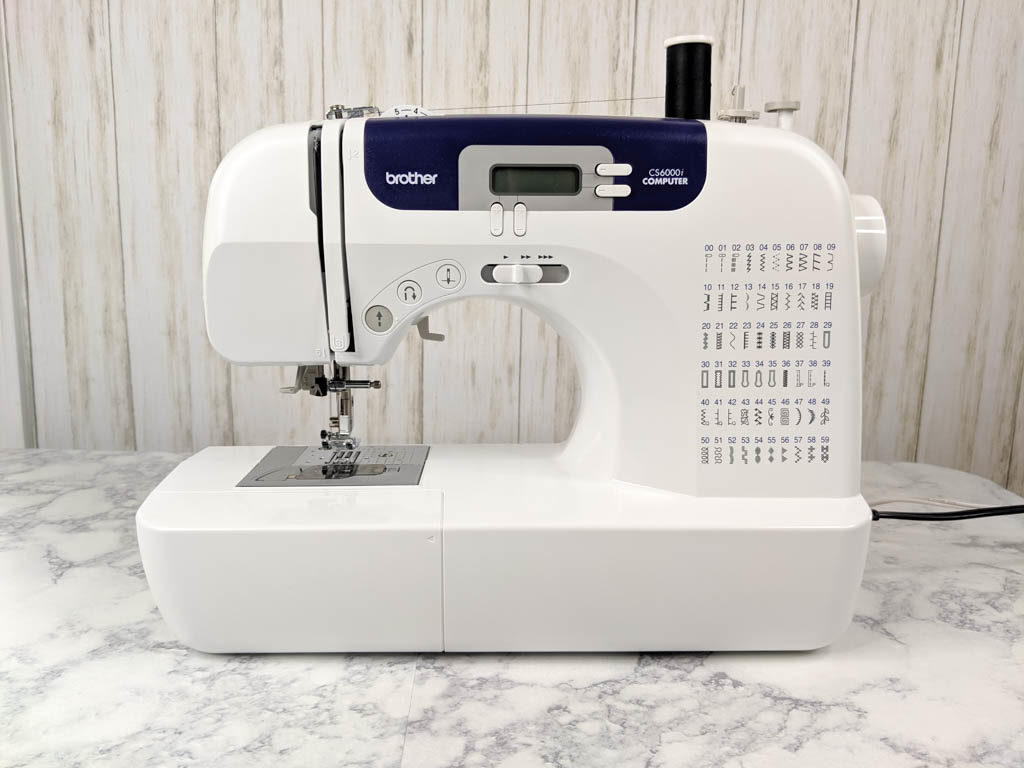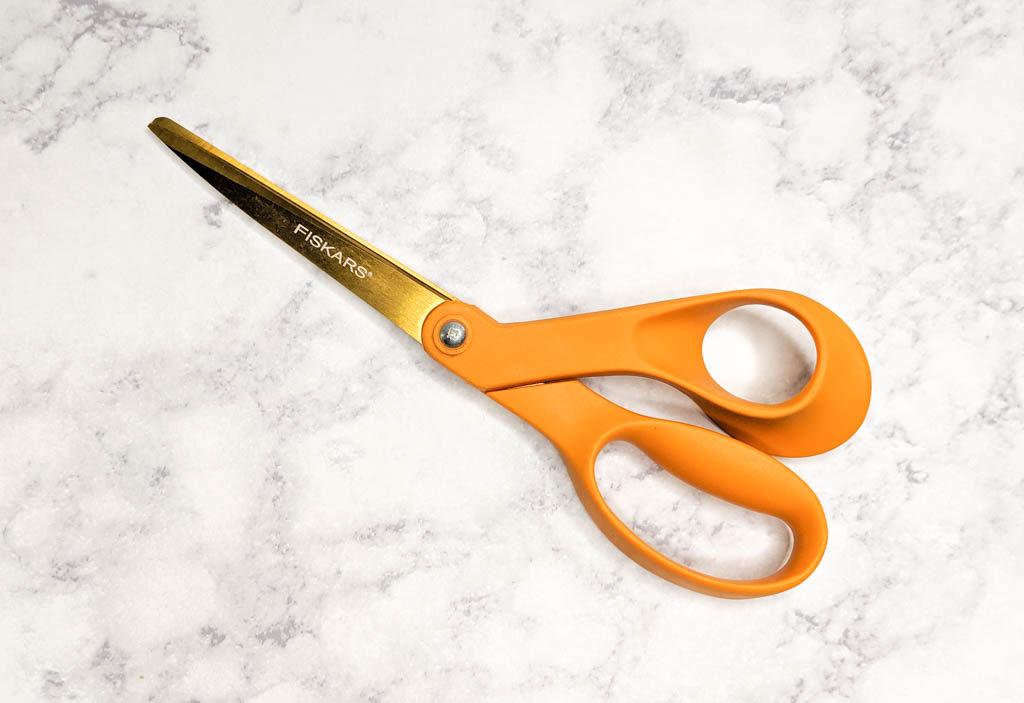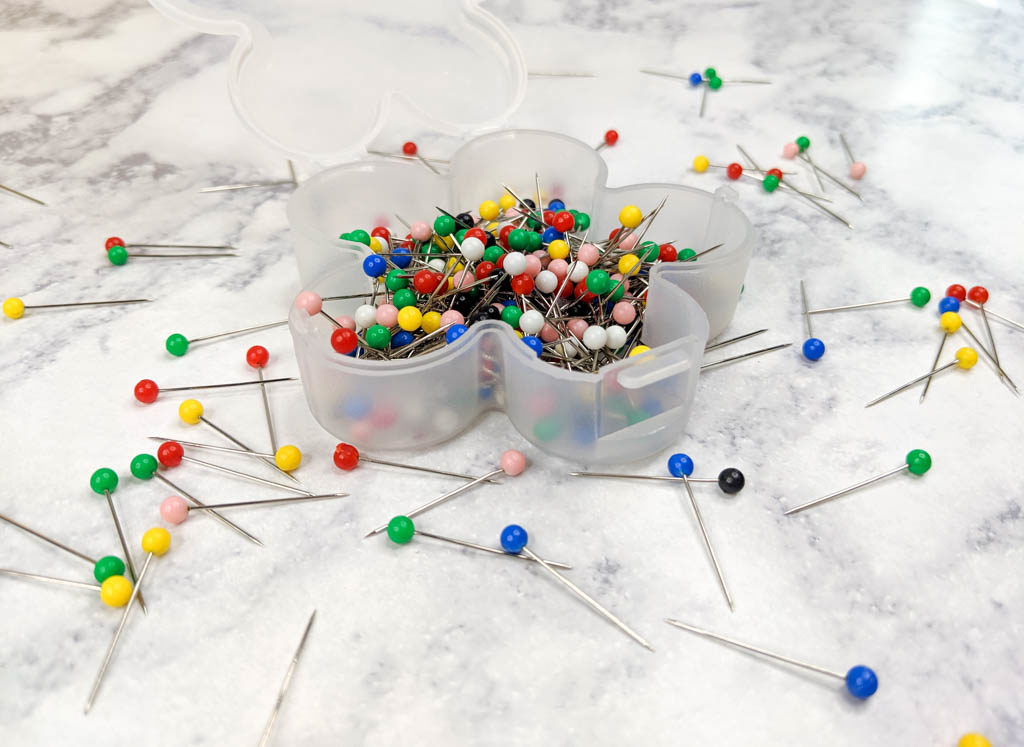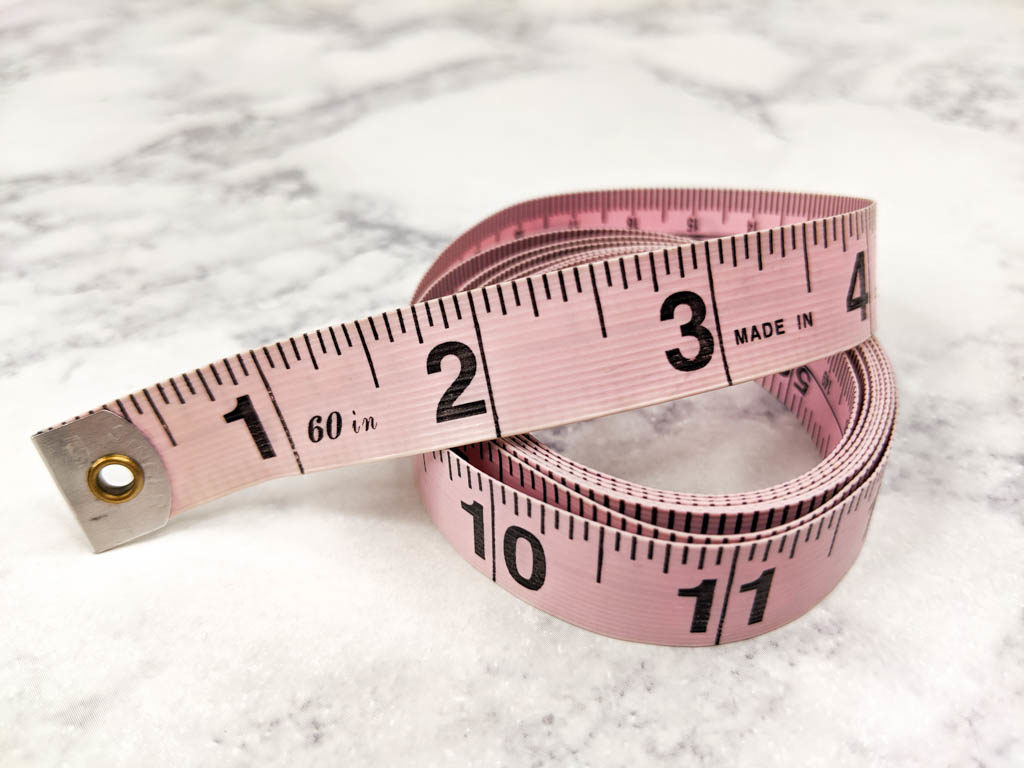Sewing allows you to create so many amazing things. It can be a little intimidating to get into though. It can be hard to know what you even need to get started. To help with some of the unknowns, I put together a guide of the tools you need in order to start sewing. I’ve linked to these basic sewing needs for your convenience. However, you can also find most of them at your local craft store.
*This post may contain affiliate links
Note: This post is geared towards garment sewing.
The tools you will need for sewing are:
- Sewing machine
- Fabric scissors
- Iron/ironing board
- A basic sewing kit (Has a seam ripper, measuring tape, marking tool, and pins.)
Sewing Machine

Unless you plan on hand sewing everything, (which I don’t recommend) you will need a sewing machine. You don’t need one with all the bells and whistles to get started. Most machines should be able to sew a garment just fine. A sewing machine should also come with needles that fit it so you shouldn’t have to buy those to start. The sewing machine I use is the brother CS-6000i It’s on the less expensive end of the spectrum and it has been a good workhorse for me.
If you want to sew with knit fabric (the stretchy stuff) I would also recommend that you get a walking foot for your sewing machine and some ball point needles. The walking foot will keep your fabric from stretching and the ball point needles will keep your seams from tearing while using knit fabric.
Fabric Scissors

You should have a pair of fabric scissors that are reserved for fabric and thread clipping only. Using fabric scissors on other things will make them dull and unable to cut fabric. I personally use a pair of fiskars scissors and I’m pleased with them. Eventually you may want to upgrade to a rotary cutter and a cutting mat as they make the process faster and save your hands from too much repetitive motion. However, they are not necessary in order to start sewing. A pair of scissors will get the job done.
Iron and Ironing Board

Luckily this is something you probably already have on hand. You will use your iron often while sewing. Especially in garment sewing. I use a shark and I love it.
Pins (Basic sewing kit)

To help with construction, you will need pins. They hold your fabric pieces together so they don’t slip or fall out of place while you are sewing. You can also use them to pin the pattern to your fabric so it doesn’t move while you are cutting the fabric. (You could also use pattern weights to hold the pattern in place while cutting.) Additionally you could get some sewing clips. They are a bit more friendly to your hands, and they are a little quicker to work with in my opinion. (If you get sewing clips, keep your pins. You will probably still have cause to use them from time to time.)
Marking Tool (Basic sewing kit)

Most patterns will likely have something on them that will need to be marked from the pattern to the fabric (Darts, pleats, eyelets, snaps etc.). Having some tailoring chalk, or a washable fabric pen will allow you to transfer those markings and keep track of what needs to be sewn or placed. I have both tailoring chalk and a fabric pen and they both work great.
Measuring Tape (Basic sewing kit)

In order to know what size garment you need to make, you’ll need to take your measurements and compare them to the size chart on the pattern you use. Because it’s normal for weight to fluctuate, I almost always measure myself at the start of each project.
Seam Ripper (Basic sewing kit)

As much as we dislike them, mistakes happen. When one occurs, you’ll need your seam ripper to unpick the seam and try again. I’ve spent countless hours with my seam ripper. 🙂 🙁
Those are the tools that you’ll need in order to begin sewing. There are definitely other tools that you can use in sewing, but this list should cover everything you need in order to get started.
Side note: There are a couple other things you’ll need that aren’t tools. A pattern, some fabric, and notions (threads, zippers, buttons, etc). The pattern you choose should tell you what fabric you need, how much of it to get, and any notions that are needed.
I hope this post has been useful for you and I wish you luck.
Thank you for reading!
Related articles:
Tips for sewing with jersey knit
